Striped Petunias: The Colorful Secret to a Pet-Friendly Garden Oasis
Have you ever thought about combining your love for pets and your passion for garden design? Enter the world of striped petunias—those playful blooms that look like they’ve been dipped in watercolor swirls. Not only are they stunningly beautiful, but they’re also surprisingly compatible with pets when grown responsibly.
In this blog post, we’ll explore everything you need to know about integrating striped petunias into your pet-integrated spaces. From pet-safe gardening practices to creative landscape designs, this guide is packed with useful tips, product recommendations, and visual inspiration.
Table of Contents
- What Are Striped Petunias?
- Why You’ll Love Them in Pet-Inclusive Gardens
- Top Planting Tips for Striped Petunias
- Creative Design Ideas for Pet & Flower Harmony
- Pet Safety & Striped Petunia Care
- Product Buying Guide: Best Containers & Soil Mixes
- Final Thoughts
What Are Striped Petunias?
Striped petunias are a unique cultivar group known for their bold, contrasting color patterns. Their petals often feature swirling bands or vertical stripes in combinations like red-and-white, purple-and-yellow, or pink-and-lavender. Unlike traditional solid-colored petunias, these striped varieties offer an artistic twist that brings whimsy and vibrancy to any garden.
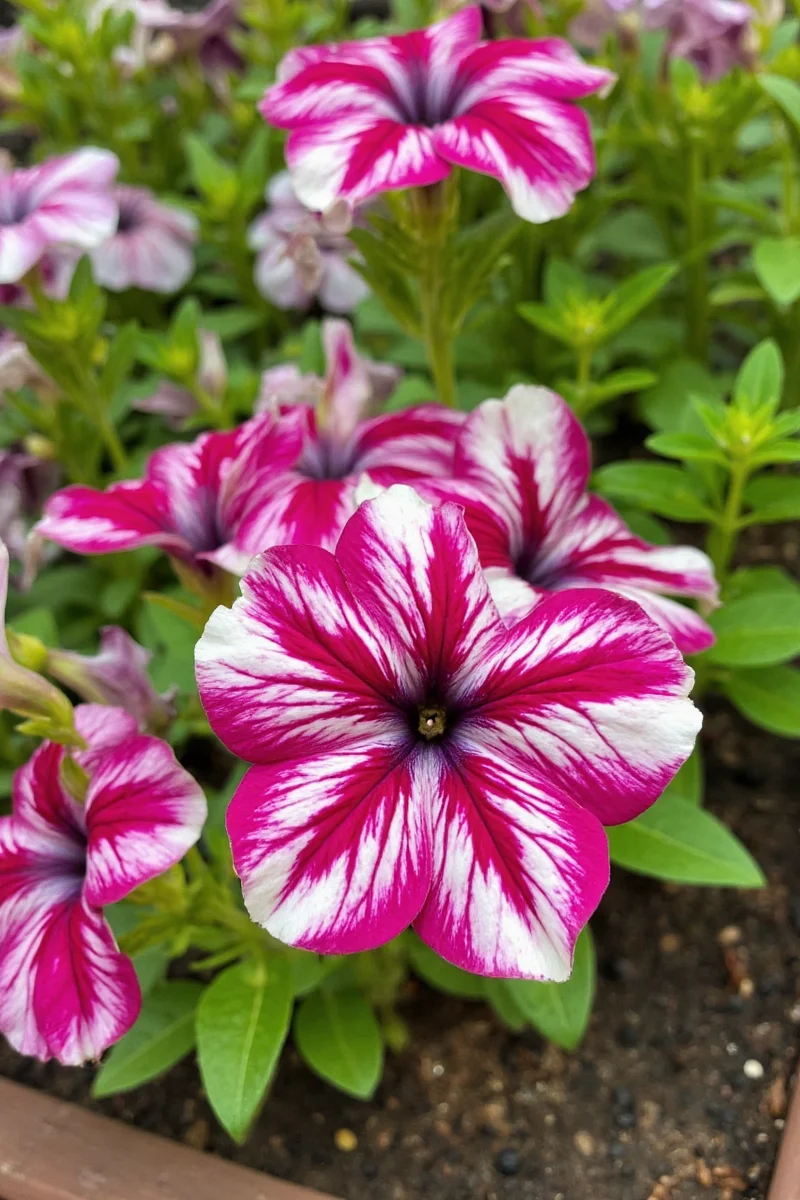
Why You’ll Love Them in Pet-Inclusive Gardens
If you have a dog or cat that spends time outdoors, you may worry that your garden will become a playground (and toilet) zone. But with careful planning, you can create a beautifull pet-friendly floral display without compromising aesthetics.
Here’s why striped petunias earn top marks:
- Visual Interest: Their bold patterns draw attention and add drama to patios, borders, and hanging baskets.
- Dog-Deterrent Factor: Many striped petunias have a slightly sticky texture or mild fragrance that pets tend to avoid instinctively.
- Pet-Safe Options: When sourced from reputable nurseries, many modern hybrids are bred specifically for reduced toxicity risk.
- Bloom Longevity: With proper care, striped petunias bloom from early spring through fall, offering seasonal charm.
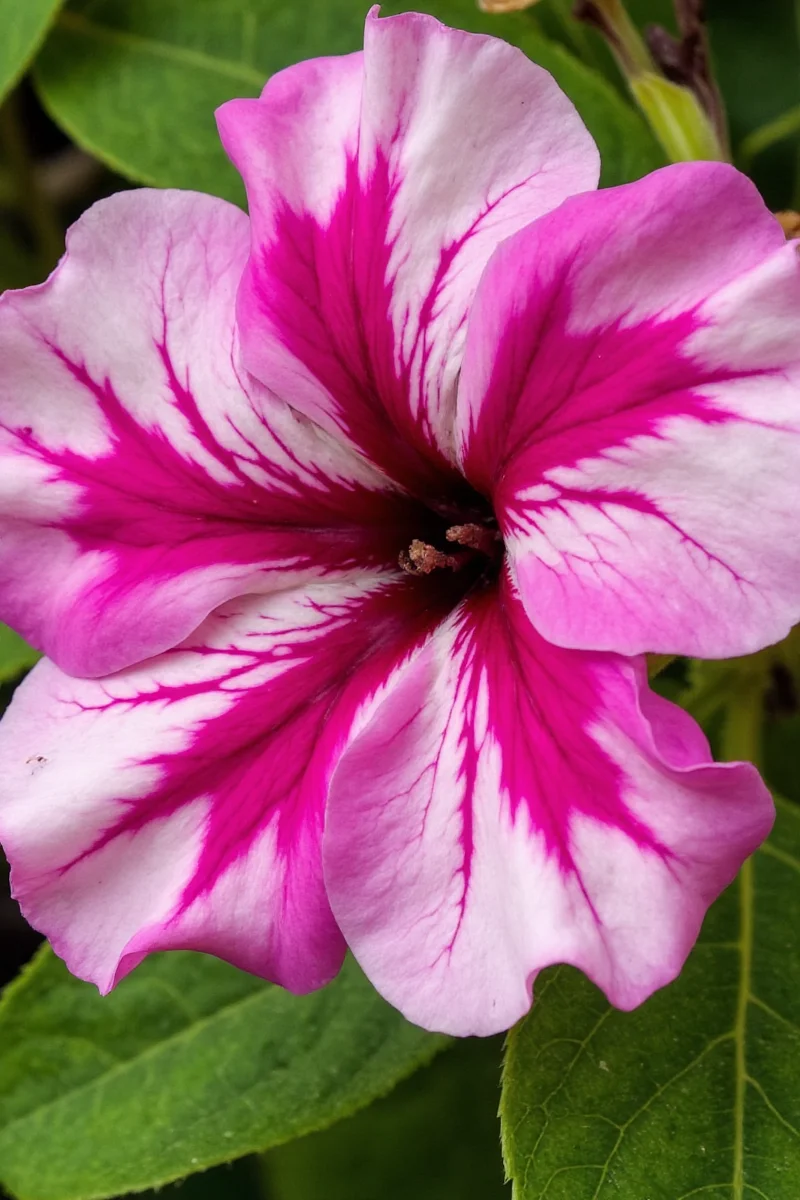
Top Planting Tips for Striped Petunias
Planting striped petunias successfully requires some thoughtful preparation, especially if you share your garden with pets. Here are our top tips to ensure a thriving, paw-safe floral display:
| Tips | Description |
|---|---|
| Sunlight | Choose a spot with at least 6 hours of full sun daily. Striped petunias thrive in bright light and produce more vibrant colors. |
| Soil Drainage | Use well-draining soil. Add compost or perlite to improve aeration and avoid waterlogging. |
| Elevation | Grow in raised beds or containers if pets are active diggers or chewers. |
| Spacing | Leave at least 12 inches between plants to allow air circulation and prevent overcrowding. |
| Fertilizing | Feed every 3–4 weeks with a balanced slow-release fertilizer. Avoid overfeeding which can burn roots. |
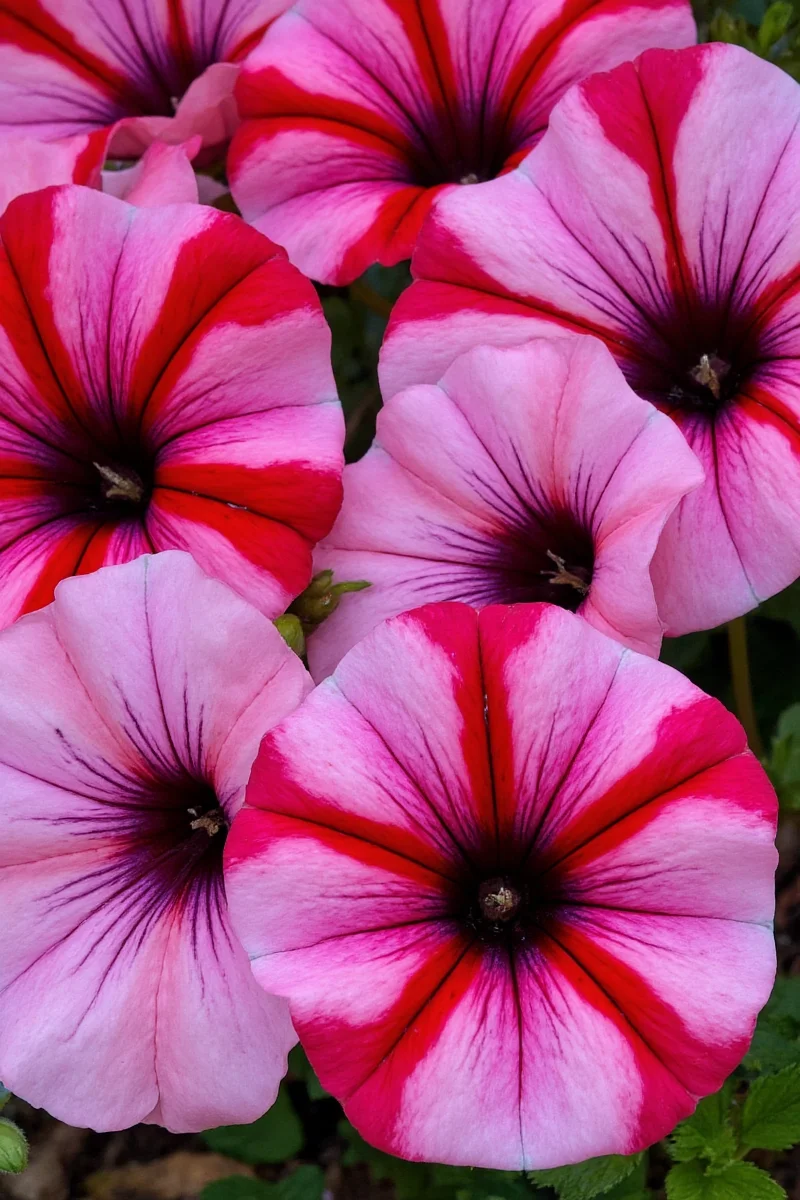
Creative Design Ideas for Pet & Flower Harmony
Gone are the days when gardens were either pet zones or plant zones. Today, savvy designers blend both seamlessly. Here are some smart ways to make striped petunias part of your pet-integrated space:
- Hanging Baskets: Perfect for keeping petunias safely elevated while creating a cascading effect.
- Border Gardens: Use striped petunias along walkways or fences to define space boundaries while adding flair.
- Vertical Gardens: Install wall-mounted planters or trellises with climbing petunias to keep ground area open for pets.
- Mix with Herbs: Pair with culinary herbs like rosemary or thyme that deter pets and provide functional beauty.
- Pathway Accents: Line gravel or stone paths with low-growing striped petunias to frame the space elegantly.

Pet Safety & Striped Petunia Care
While most petunias are classified as mildly toxic (especially to cats), many newer hybrids are bred for safety and minimal chemical defense. Still, it's wise to take precautions:
- Avoid Ingestion: Though rare, some pets might nibble on flowers. Monitor behavior closely, especially during initial introduction.
- Natural Repellents: Use pet-safe deterrent sprays made from citronella, vinegar, or essential oils to discourage chewing.
- Barriers: Use decorative fencing, chicken wire, or garden grids to create gentle boundaries around flower beds.
- Training: Positive reinforcement works wonders! Reward your pet for staying clear of your new floral displays.
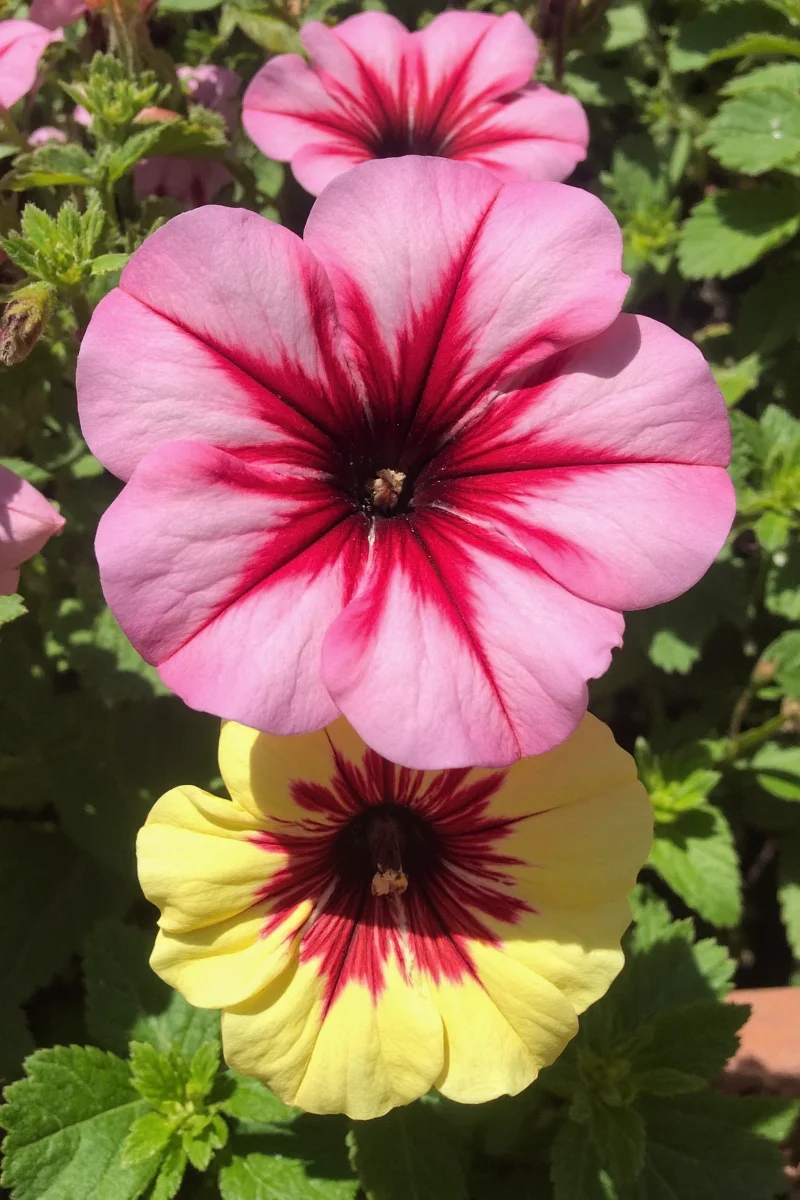
Product Buying Guide: Best Containers & Soil Mixes
Choosing the right supplies is key to a thriving, pet-friendly striped petunia garden. Below is a curated list of recommended products based on durability, safety, and style:
| Product | Description | Features | Best For | Price Range |
|---|---|---|---|---|
| EarthBox Original Gardening System | A self-watering container designed for optimal root growth and drainage. | Includes fertilizer tray and mulch cover; ideal for balconies and small yards. | Indoor/outdoor pet parents with limited space | $90–$120 |
| Bloomingville Metal Hanging Planter | Elegant metal basket with a removable inner pot for easy maintenance. | Rust-resistant finish; perfect for elevating striped petunias out of reach | Urban dwellers and minimalist decor lovers | $50–$75 |
| Black Gold Natural & Organic Potting Mix | Lightweight, nutrient-rich soil blend free of synthetic chemicals. | Excellent drainage and moisture retention; safe for pets and kids | Organic gardeners and eco-conscious homeowners | $10–$15 per bag |
| Osmocote Smart-Release Plant Food | Granular fertilizer that feeds plants slowly over several months. | Reduces need for frequent feeding; reduces risk of chemical exposure | Busy pet owners who want low-maintenance gardening | $8–$12 |
| Victor® PetSafe Non-Toxic Garden Barrier | Flexible plastic mesh fencing that keeps pets away from sensitive areas. | Easy to install and blend into landscaping | Multi-pet households and families with puppies/kittens | $20–$35 |
Final Thoughts
Striped petunias are more than just a pretty face—they're a versatile, pet-compatible addition to your garden or balcony oasis. Whether you're designing a cozy patio retreat or revamping your backyard landscape, these vibrant blooms can coexist beautifully with your furry friends.
By choosing the right location, using clever barriers, and selecting pet-safe products, you can enjoy the charm of striped petunias without worrying about your four-legged companions. So go ahead—add a splash of striped botanical magic to your home and let your garden (and your pets) flourish together!
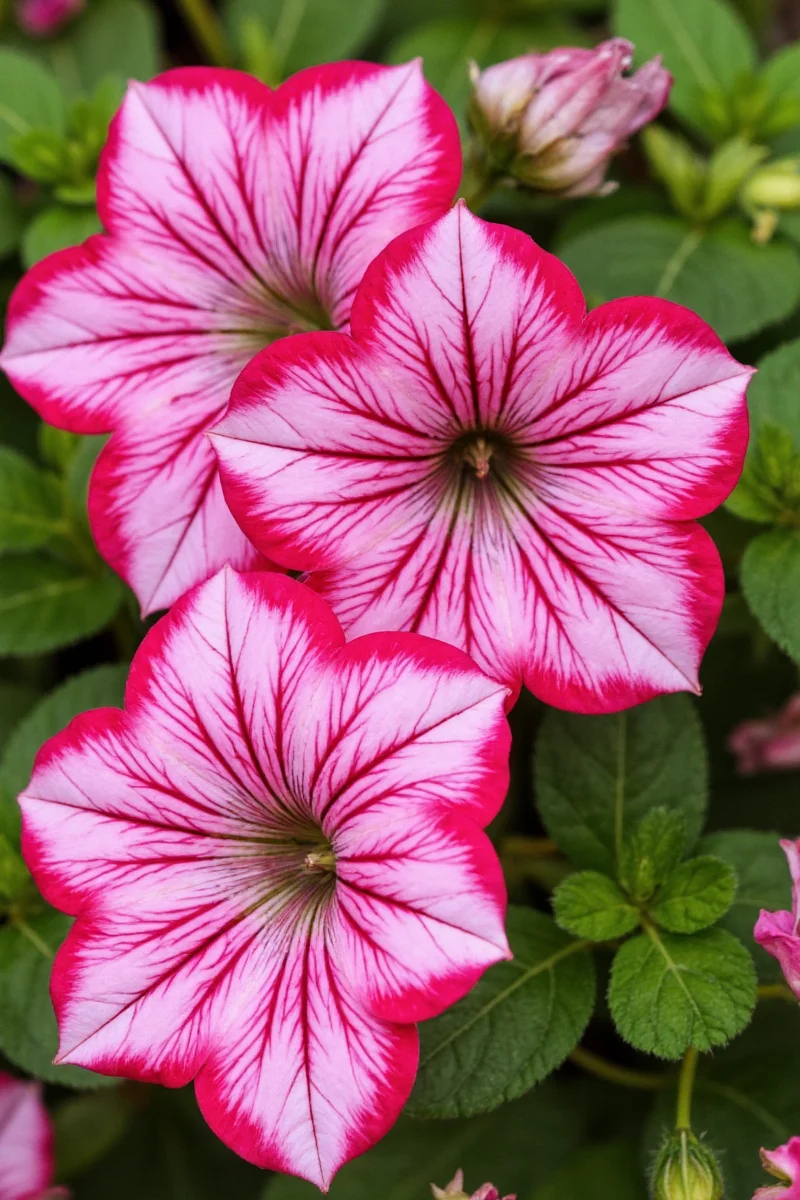

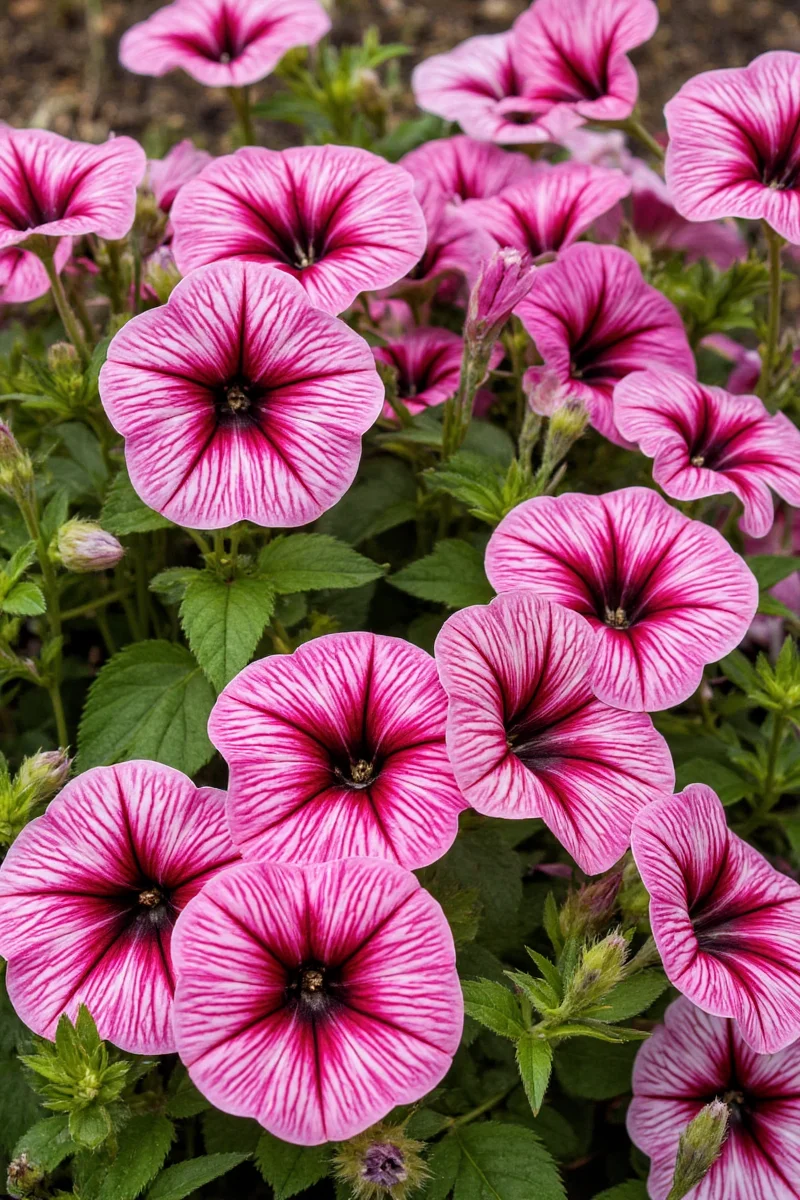









 浙公网安备
33010002000092号
浙公网安备
33010002000092号 浙B2-20120091-4
浙B2-20120091-4